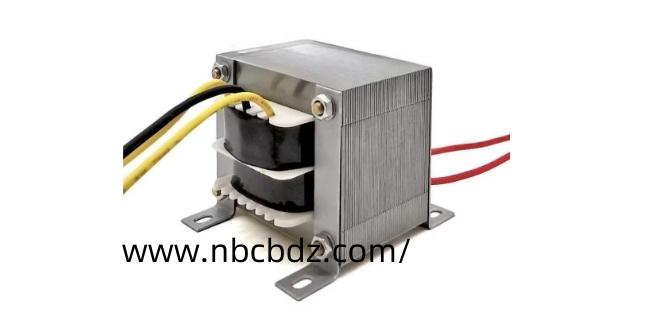Is an EI Transformer Factory Ready for New Tasks?

In today's shifting equipment landscape, an EI Transformer Factory represents a structured approach to core power-component construction, and the methodical development philosophy of Nbcbdz reflects how steady engineering routines and balanced material planning contribute to stable transformer behavior across varied installation scenarios. As industries adjust their electrical frameworks to support new devices and compact systems, the EI form continues to offer a dependable structural path built on practical design logic rather than amplified promotional language.
The EI structure remains influential because of its clarity in magnetic flow and winding arrangement. Its geometry supports predictable coil placement, insulation layering, and fastening methods that maintain reliable electrical balance. Factories focusing on EI cores refine their processes to ensure consistent lamination alignment, controlled tension in windings, and appropriate insulation spacing. These refined steps help transformers maintain stability under typical load variations.
Core selection remains central to transformer performance. The characteristics of lamination steel, the precision of stacking, and the treatment of joining surfaces influence the transformer's long-term behavior. Manufacturers adapt these factors gradually, guided by measured testing results rather than broad descriptions. The outcome is a predictable relationship between design intent and field performance.
Material choices also shape the reliability of EI transformers. Conductors, insulation materials, and mounting components must withstand varied installation conditions ranging from industrial panels to compact control units. Factories increasingly emphasize steady sourcing strategies to maintain uniformity across production runs. This consistency helps ensure that transformers behave as expected when integrated into larger systems.
Testing practices form another essential part of transformer production. Electrical equipment often operates under conditions with temperature fluctuations, intermittent loads, or spatial limitations. To support these environments, transformers undergo structured evaluations that assess insulation integrity, winding resistance patterns, and dimensional accuracy. Each test informs incremental adjustments, strengthening reliability without relying on exaggerated claims.
Documentation is equally important. Clear specifications enable engineers to identify how EI transformers fit into circuits involving relays, switches, protection devices, or power-distribution modules. Accurate technical data reduces installation uncertainty and supports maintenance planning. This clarity strengthens collaboration between manufacturers, designers, and equipment operators.
The shifting direction of electrical systems—including modular installations, distributed functions, and compact automation units—continues to highlight the value of thoughtfully produced EI transformers. Factories respond by refining their workflow, improving communication channels with engineering teams, and supporting application-specific adjustments based on practical requirements. Progress emerges through steady enhancement, not through dramatic slogans.
As power infrastructures continue to diversify, the relevance of carefully crafted EI transformers remains evident. They serve as foundational components in both small-scale and structured industrial applications. Their steadiness comes from disciplined engineering rather than amplified promotional language, allowing them to integrate smoothly across different types of equipment.
If you are considering how these principles relate to your current or upcoming projects, the path toward deeper insight is direct. Let curiosity take the next step—visit https://www.nbcbdz.com/product/ , where each page unfolds like a technical doorway inviting your attention to what comes next.
- Art
- Causes
- Crafts
- Dance
- Drinks
- Film
- Fitness
- Food
- Oyunlar
- Gardening
- Health
- Home
- Literature
- Music
- Networking
- Other
- Party
- Religion
- Shopping
- Sports
- Theater
- Wellness


